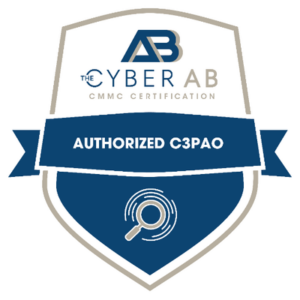
Navigating the access protocols for contractors within Department of Defense (DoD) networks can be complex, particularly when dealing with the Non-classified Internet Protocol Router Network (NIPRNet) and the Secret Internet Protocol Router Network (SIPRNet). These networks are critical for maintaining secure communications and operations, and understanding the specific requirements for contractor access is essential. This article aims to clarify the key access protocols for contractors, addressing common questions and providing detailed guidance to ensure compliance and security within DoD environments. Whether you are managing network connections, seeking access approvals, or ensuring proper accreditation, this guide will help you navigate the intricate landscape of NIPRNet vs SIPRNet access protocols.
1. Can a contractor have access to the NIPRNet?
Yes. The connection must be validated by the NIPRNet Service Manager and approved by OSD (NII). The sponsoring agency is responsible for validating the requirement, arranging funding, and providing a topology and narrative description of the system to the NIPRNet Service Manager. It must be a closed system and cannot be physically or logically connected to the contractor’s corporate LAN/Internet connection.
2. Can a contractor have unfiltered access to SIPRNet sites?
No. All contractors must have filtered access. A Contractor’s access to resources (i.e. websites, ports, etc.) on SIPRNet is determined by their sponsor and authorized through DISA’s disclosure authorization process.
3. Can a contractor connect through another SIPRNET connection for access?
No. This is considered a “back door,” which is not allowed. Contractors are prohibited from tapping into other SIPRNet connections for access. (Reference: https://public.cyber.mil/stigs)
4. Can a contractor allow other organizations (government or contractor) to tap into their existing connection?
No. Same as above, no back door connections are allowed. (Reference: https://public.cyber.mil/stigs)
5. Can a contractor have more than one government entity utilizing their SIPRNet connection?
Yes. This configuration can be administratively cumbersome and requires special approval from DISA. Each contract must operate on a separate subnet (subnet per contract per sponsor) and each sponsor is required to submit a sponsor package to the Joint Staff. Implementation of a Memorandum of Understanding (MOU) between the sponsoring DoD agencies will be required. The primary sponsoring agency takes full responsibility for the circuit. “Need-to-know” must be established for each contract. Additionally, the subagency accessing the circuit must understand that if the circuit is shut off for issues related to the prime sponsor, they too risk losing their access. Additionally, each sponsor will need to provide a validation package to the Joint Staff for their respective contractor.
6. Are there repercussions for an expired accreditation?
Yes. All unaccredited circuits are sent to the United States Cyber Command (USCC) for non-compliance with DoD policy, which may result in disconnection from the NIPRNet/SIPRNet DoDIN.
NIPRNet vs SIPRNet: Streamline Integration and Compliance
Understanding the intricacies of SIPRNet and NIPRNet is crucial for ensuring secure and compliant operations within DoD environments. As always, staying informed and adhering to established guidelines are key to maintaining robust information security. If you have further questions or need assistance, don’t hesitate to reach out to our team for expert guidance.
Credit: The FAQs in this article are provided by the DoD Cyber Exchange Public website.
The latest in Cybersecurity
Enter your email to get the latest news, updates,
and content on cybersecurity.
"*" indicates required fields





